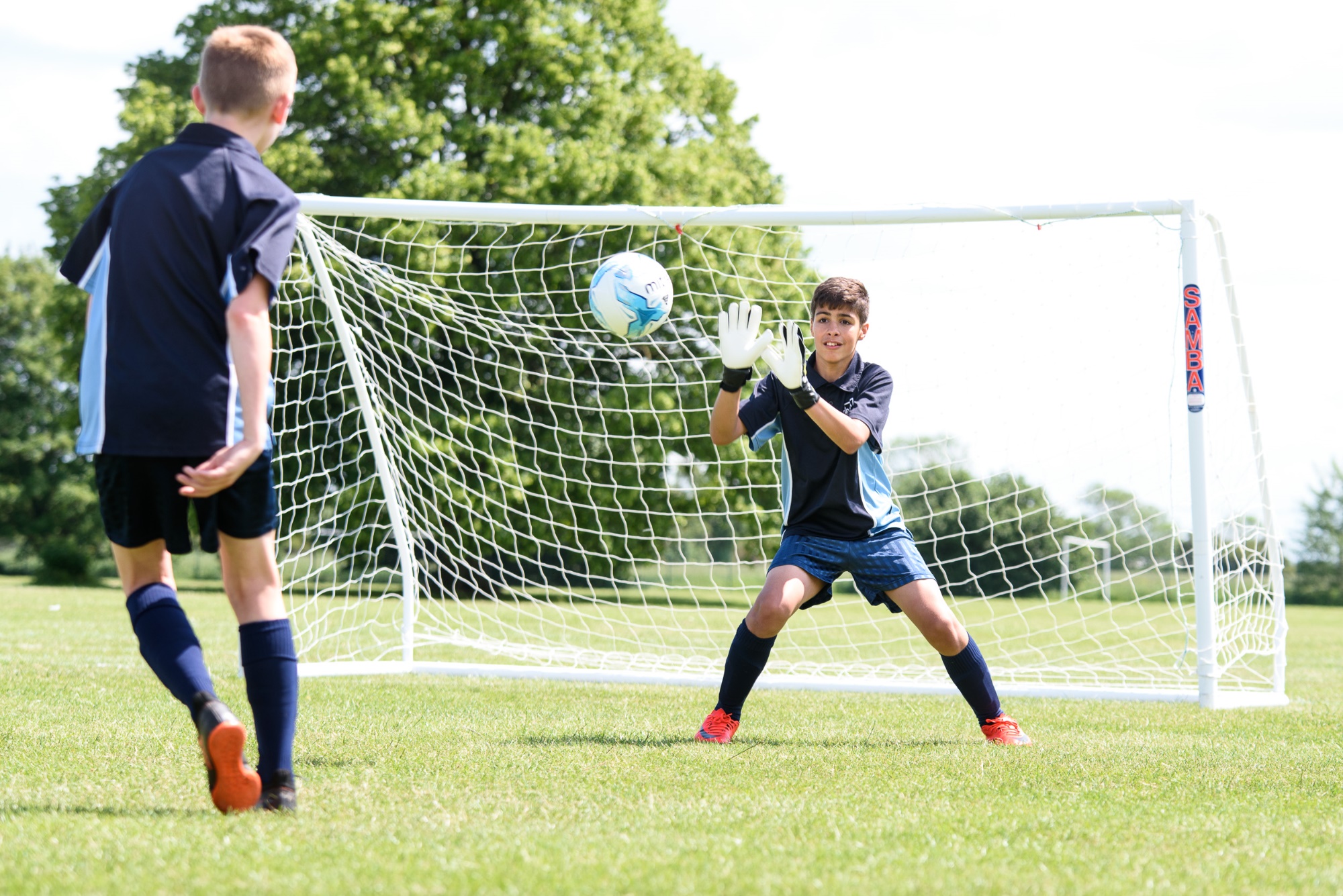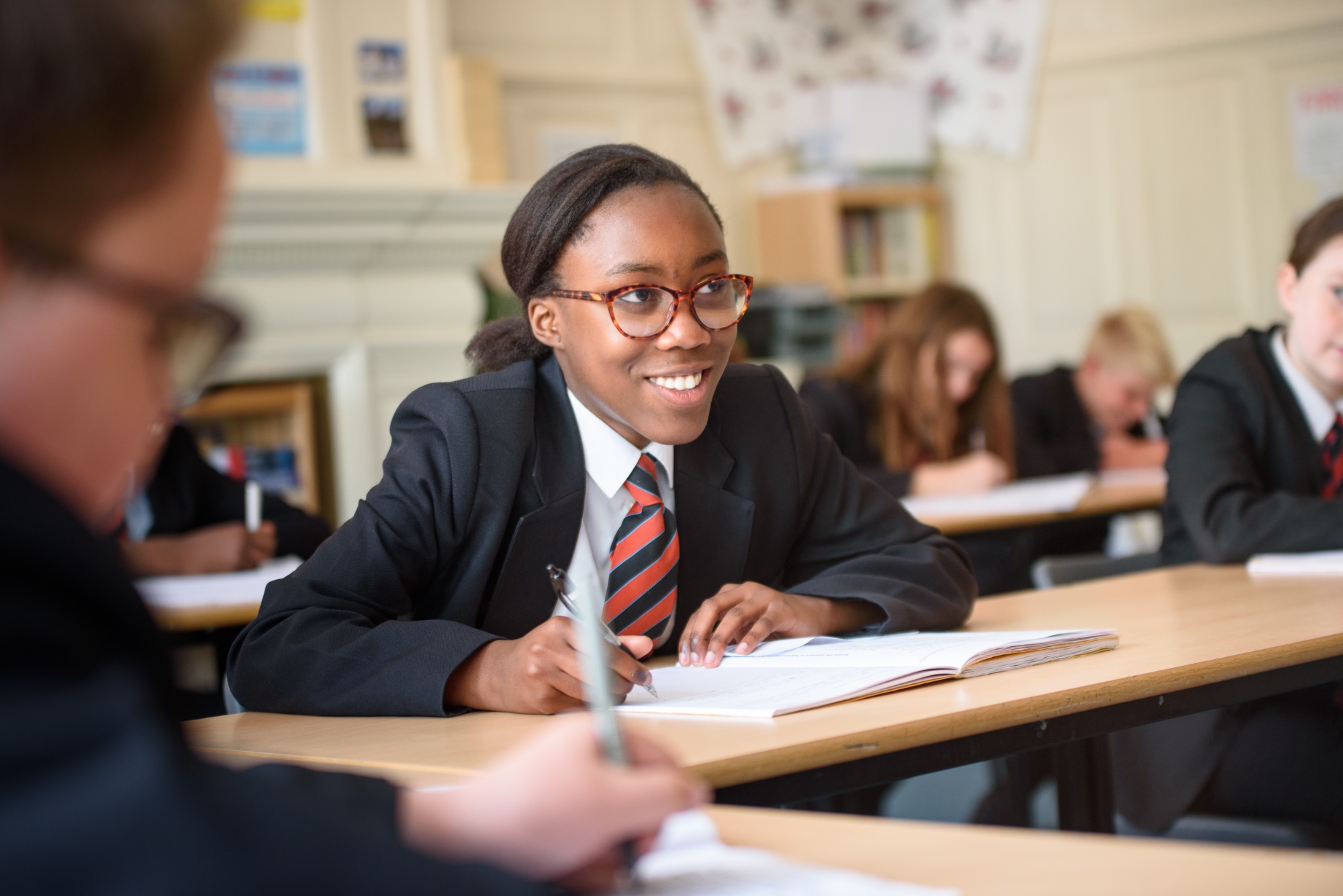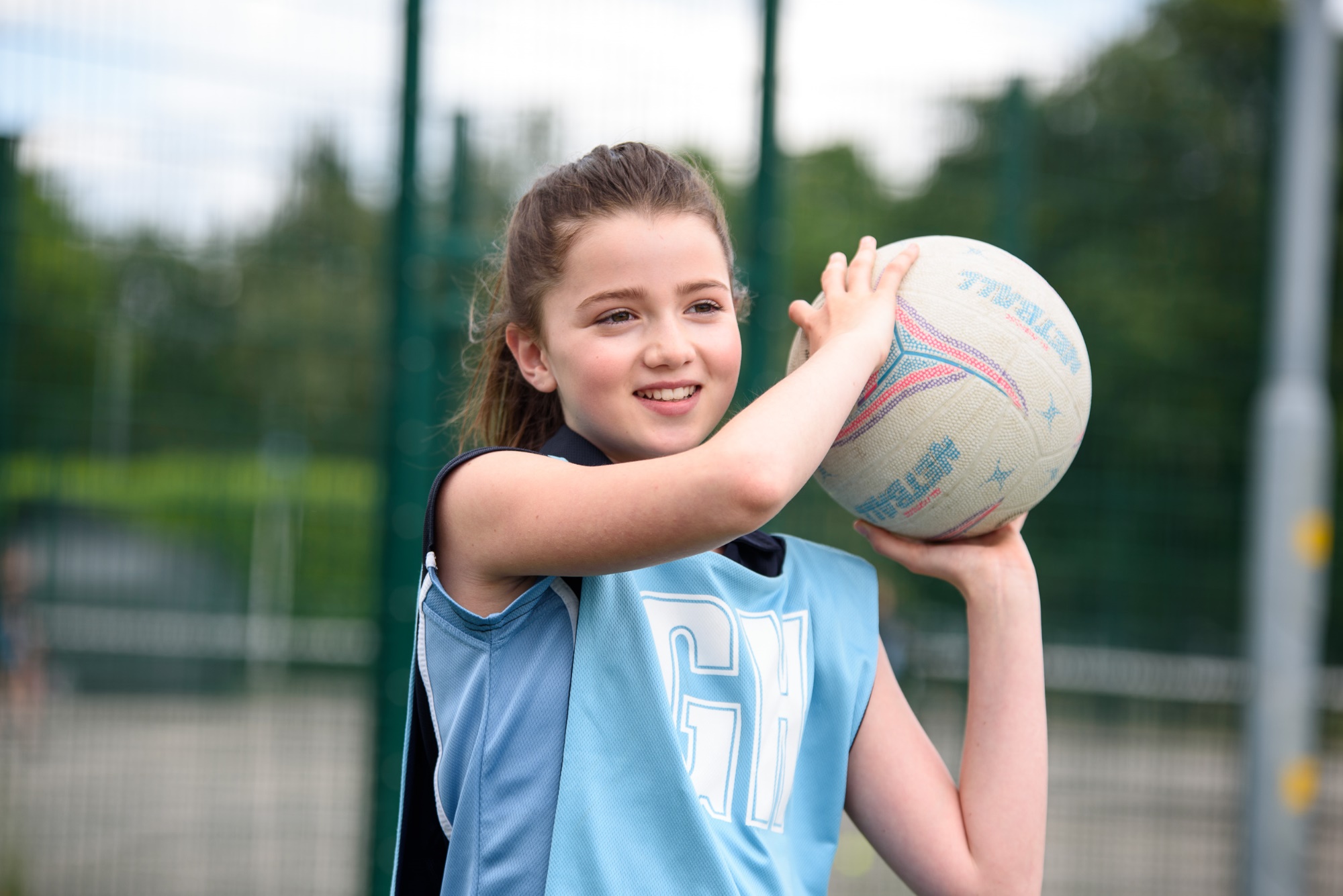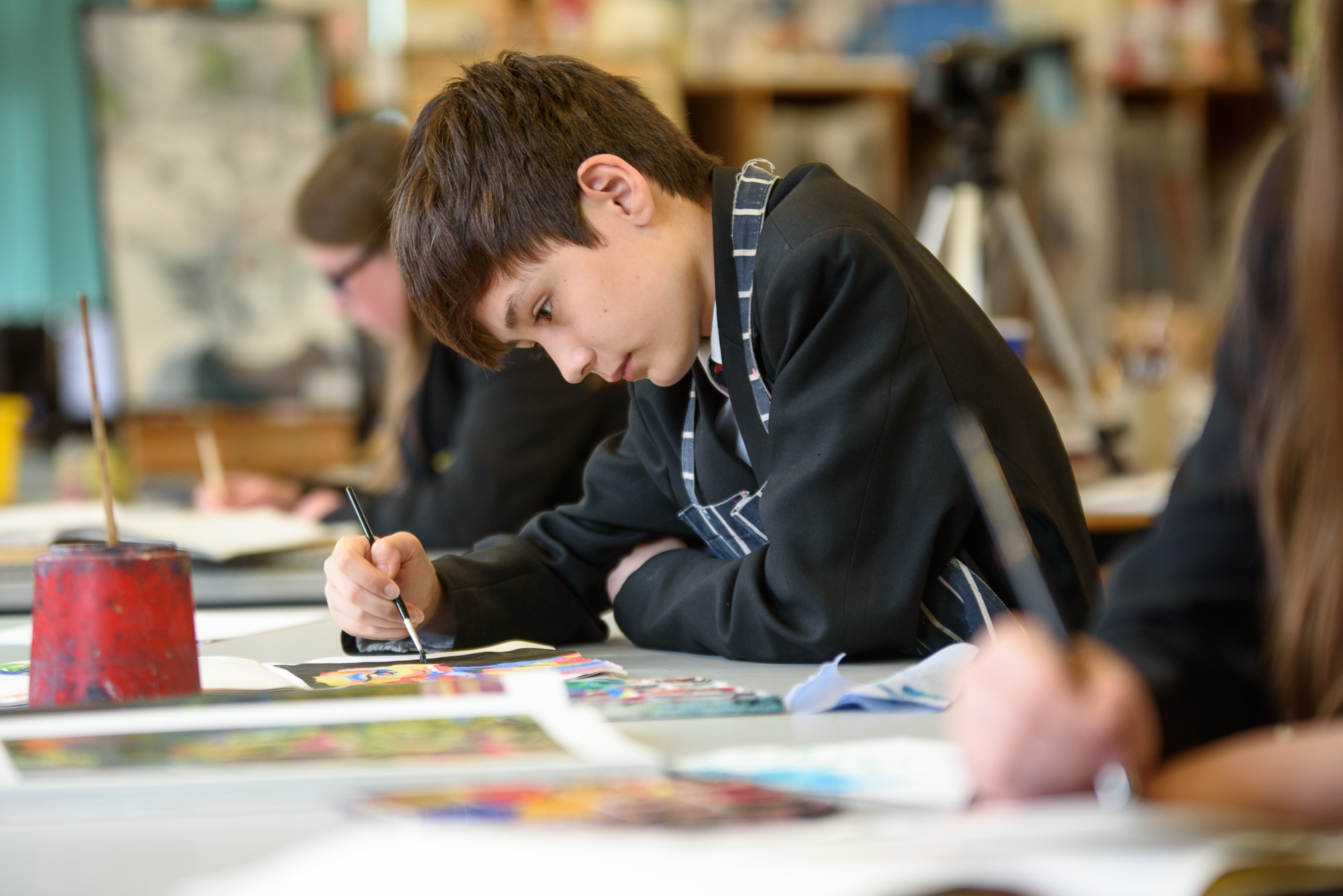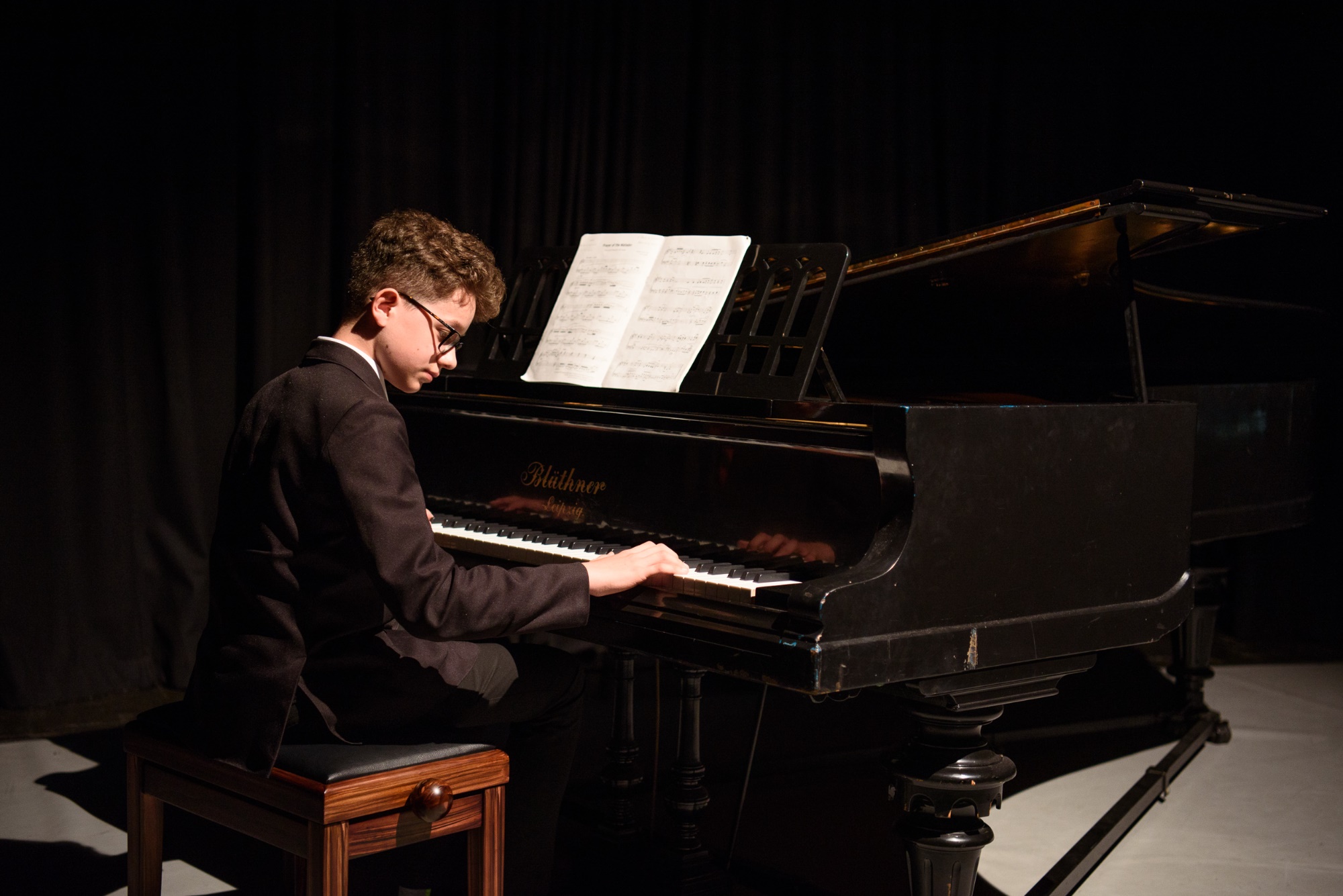Safeguarding Culture
Safeguarding children is a phrase most people will have heard of but may find it difficult to define. The Working together to Safeguard Children 2023 guidance by HM Government provides an explanation. Safeguarding and promoting the welfare of children is defined as:
- providing help and support to meet the needs of children as soon as problems emerge
- protecting children from maltreatment, whether that is within or outside the home, including online
- preventing impairment of children's mental and physical health or development
- ensuring that children grow up in circumstances consistent with the provision of safe and effective care
- promoting the upbringing of children with their birth parents, or otherwise their family network through a kinship care arrangement, whenever possible and where this is in the best interests of the children
- taking action to enable all children to have the best outcomes in line with the outcomes set out in the Children's Social Care National Framework
“Nothing is more important than children’s welfare. Every child deserves to grow up in a safe, stable, and loving home. Children who need help and protection deserve high quality and effective support. This requires individuals, agencies, and organisations to be clear about their own and each other’s roles and responsibilities, and how they work together".
Our family of schools has a strong and effective safeguarding culture. Safeguarding is particularly effective because everyone is expected to know and understand about safeguarding. Everything we do, and the ways in which we behave, all contribute to a strong culture of safeguarding in our Trust.
We have a shared vision for safeguarding.
Everyone involved with our schools is expected to share a common purpose to protect children and adults from harm, and to create an environment in which individuals thrive. This responsibility sits with our staff, our parents, our governors, our community, even our students. Everyone is expected to be informed about safeguarding. Everyone has a responsibility to be alert and become curious if something doesn’t seem quite right.
Everyone is expected to behave in a way which contributes to a safe and happy learning environment. This means that all adults and young people are expected to treat others with respect and not behave in anyway which might cause harm to anyone else. Anyone who needs to raise a concern can feel confident that it will be taken seriously and handled appropriately.
Safeguarding is everyone’s job.
Our school leaders work hard to make sure that our schools are safe and happy environments in which children and young people can learn and develop. They make sure that all safeguarding policies and procedures are fit for purpose and that they are communicated clearly so that everyone understands what is expected of them. Curriculum and learning are regularly reviewed to keep pace with changing risks and the needs of our pupils. Leaders are not afraid to tackle difficult issues in order to maintain a high quality, safe learning environment.
Together we develop good knowledge of local risks and help our pupils learn how to keep themselves safe.
Safeguarding leaders develop expertise about safeguarding and share their learning across the Trust. Our safeguarding leaders deal with every concern in a professional and proportionate manner. They make sure that their records are well organised and carefully maintained so that important details are not missed. They are tenacious in following up concerns. They work well with external agencies to make sure that partnerships strengthen our safeguarding work.
We work hard to get the right help available to our children and young people as early as possible. We try hard to identify any cause for concern and to put help in place before it gets worse.
Governors are trained and informed about safeguarding. They use their knowledge to make sure that our safeguarding procedures are compliant. They check that our systems of external, self and peer review are working well, so that we can be checked and challenged to reach the highest possible standards of care.
Governors make sure that we are open and held to account for the quality of safeguarding.
